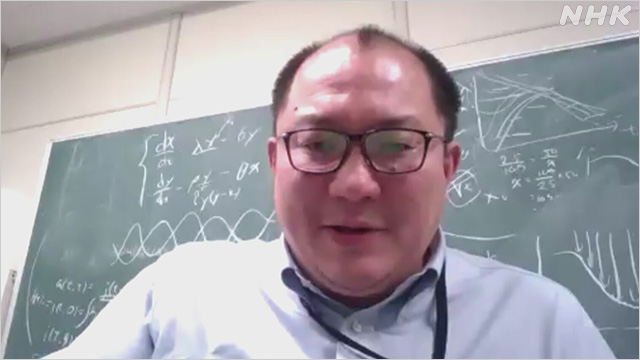Regarding the state of emergency declaration of measures against the new coronavirus, if the measures are relaxed when the number of infected people in Tokyo reaches 500 a day, the infection will spread again within two months. Nishiura of Kyoto University Published by Professor Hiroshi.
This simulation was submitted as a material for an expert meeting of the Ministry of Health, Labor and Welfare, where Professor Nishiura, who specializes in the analysis of infectious diseases using mathematical models, advises on measures against the new coronavirus.
This simulation is performed using the "effective reproduction number" that shows how many people are infected by one infected person, and is based on the effective reproduction number 1.1 in late December in Tokyo.
If measures were taken by the state of emergency and the effective reproduction number dropped to 0.88, the number of newly infected people in Tokyo fell below 500 per day on February 24th.
However, assuming that the declaration was lifted at this point and the measures were relaxed and the effective reproduction number returned to 1.1, the number of infected people would be 1000 again a day on April 14, about a month and a half later. It means that it has returned to a level that exceeds it.
On the other hand, assuming that the effect was equivalent to that of last year's state of emergency, the effective reproduction number was 0.72, and on February 25, the number of infected people in Tokyo fell below 100 per day. So, in this case, even if the declaration was lifted, it did not exceed 1000 people a day until mid-July.
Regarding the simulation results, Professor Nishiura commented, "In an emergency declaration, it is more effective to reduce the number of infected people as much as possible. We should consider the way of declaration and the criteria for cancellation while considering the long-term outlook." ..

